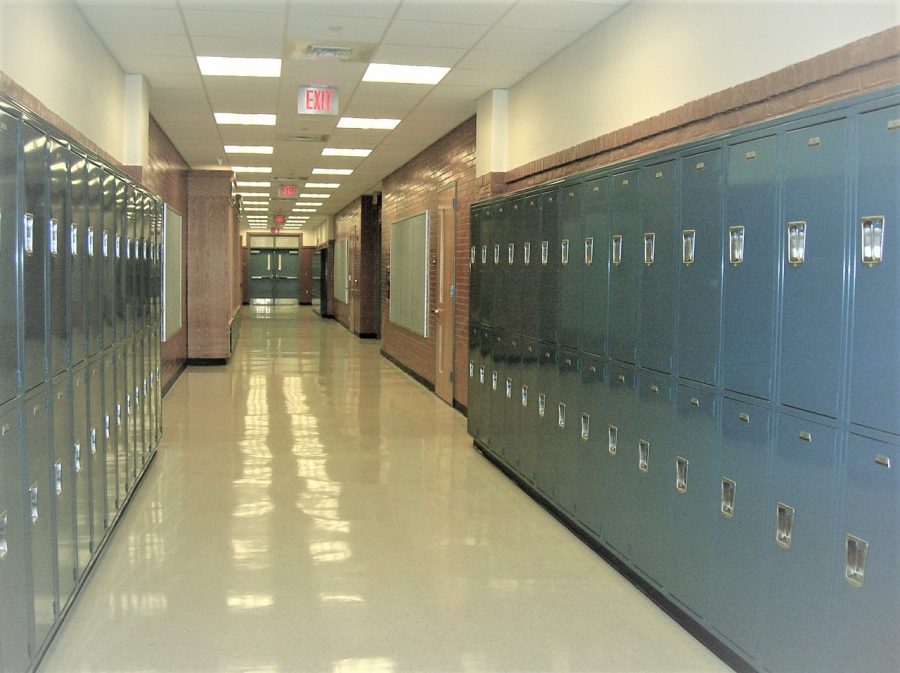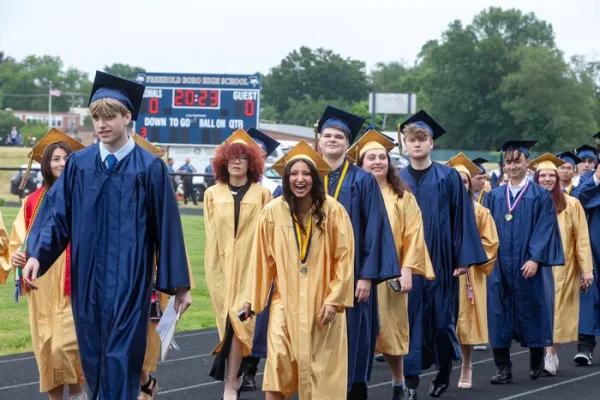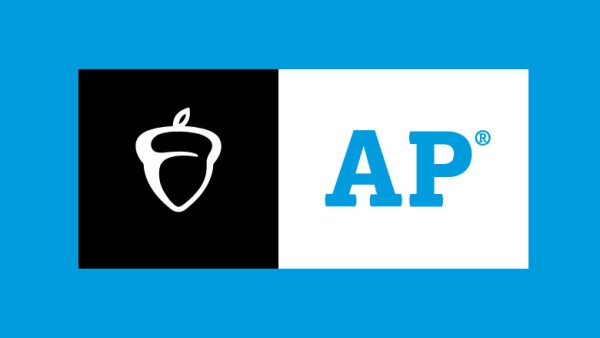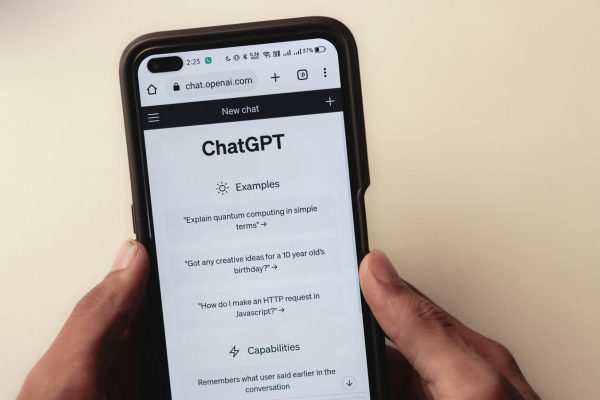Hybrid Schooling, Up Close
11:59:58, 11:59:59, 12:00:00. At 12:00 noon, a student leaves the last class of the day then walks down the stairs and turns down the hallway that connects the A and B wings on the first floor. Passing the Robertsville entrance and heading towards the Broadway one, it takes them a while to realize something seems off. For the first time in any school year, the hallway is actually empty of passersby, even though it’s the end of the school day, where hallways would theoretically be at their busiest. The dim yellow tinted light shines through the hall as the only sound heard is the distant walking of Cohort A and that of their own footsteps. As they come upon the corner at the end of the hallway the student expects to see the other students who are leaving the school hallways to go onto the bus or walk home, but instead another empty hallway. This occurrence of empty hallways when they should be at the busiest is one that would only happen with hybrid schooling.
A physical hybrid day requires mask to be worn throughout the entire day and the day goes as follows. At the start of the school day, one walks to an entrance of the school where teachers and staff check the student’s “Entrance Pass Verification Code” to ensure that their family hasn’t noticed any strange health-based occurrences or symptoms of the student. The “Entrance Pass Verification Code” is a three digit number which changes each day and supposedly doesn’t repeat that is linked to the Genesis Parent Portal. After verifying that the student has the correct code, the student walks before a doorway-reassembling mechanism which when the student holds up their wrist to, scans their temperature and displays it, sending the student on their way with a reassuring beep. With an acceptable temperature, the student is allowed to walk on into the school. Following the steps taken to enter the school, the student then walks to a designated location, be it the auxiliary gym, cafeteria, or another large room, in which the student and their fellow classmates of their grade of the same cohort will wait until a bell rings to signal them to start the school day and go to their classes.
The students then walk to their classes, but unlike last year, now they are required to walk down one-way hallways to reach their destinations. A few hallways in the school allow students to walk both ways, however the majority are marked with a now too-familiar arrow. These halls include the hallway that connects the B and C wings, as well as the hallways that connect the A and B wings as well. Once they reach their class, the students have to take a wipe in order to cleanse their assigned desks and seats, and then class may begin. At the end of the shortened class, 2 bells ring, the first dismissing those in even number classrooms, the second dismissing those in odd number classrooms. The students then walk the primarily one-way halls to their next class. This continues to repeat for each class until at the end of the school, the final bells ring, the first bell for the even classrooms, and the second dismissing the odd classrooms, and free at last students may go home and break for lunch, which due to the ongoing pandemic and mask requirements has gone extinct.
Hybrid schooling in the very least seems strange and almost uncomfortable, but after some time to adjust, hybrid schooling seems to be a good opportunity for being able to physically go to school amidst a pandemic. Though social distancing is overall enforced, even with teachers primarily staying within the boundaries of a taped section of the floor during class, Hybrid schooling seems to be overall beneficial to those who prefer to physically be in school and the classroom. Even though classwork is still done primarily on the computer in school, being in an actual classroom might remove some ‘distractions’ of sorts that may delay work during the class. Cohorts are assigned groups of students that apply to hybrid-scheduled students of those who either go to school in the first half of the week or the second half. These groups are split between those with last names of A-L who go to school in the first half of the week and those with last names of M-Z who go to school in the second half. For those with friends and acquaintances that are in the both in the same Cohort are able to somewhat socialize with them while still following the enforced social distancing.
Greatly contrasting from the school schedule that was once considered normal, hybrid schooling is an interesting part of a Boro student’s school life in the year 2020. Hybrid schooling, overall, is a welcome change from months of virtual schooling for those who’d rather be in school. Though quite jarring when first starting the hybrid schedule earlier this year, one becomes at some point more accustomed to the drastic changes brought about by this new way to school.






